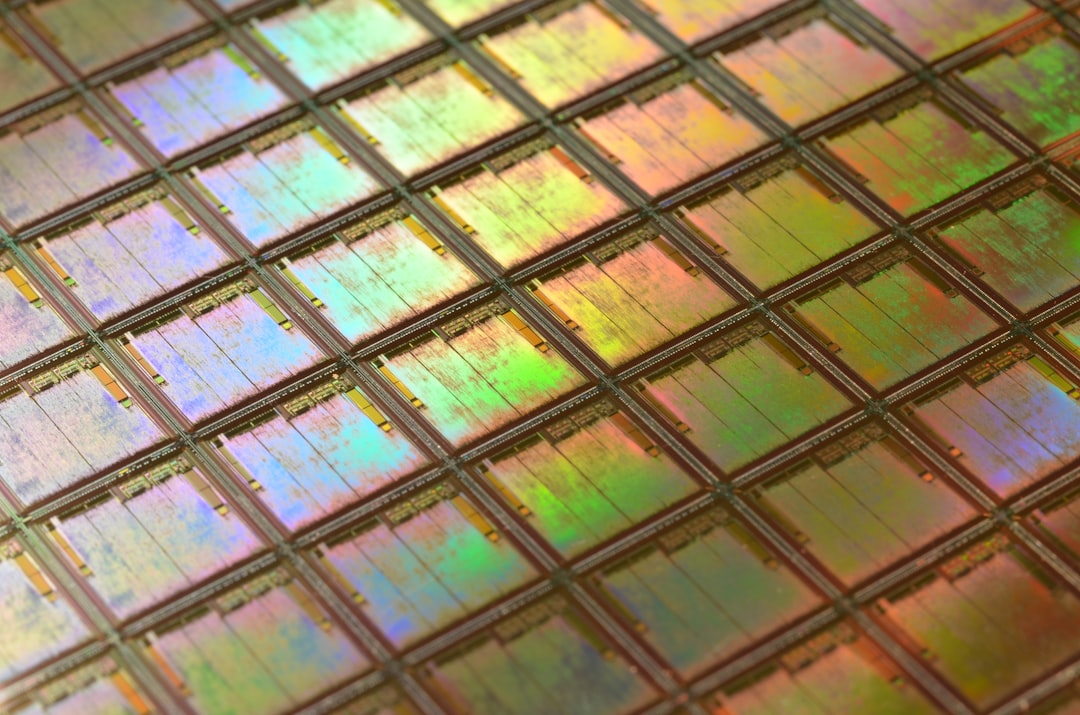What is it about?
Since the onset of the COVID-19 pandemic, chest computational tomography (CT) has been widely employed to confirm a positive case of SARS-COV-2. But, it is time-consuming and tedious. This study describes a quick and sensitive lateral flow immunoassay (LFIA) that not only detects but also partially quantifies the level of COVID-19 infection in highly diluted (1:1000) human serum within just 10 minutes. For the assay, the authors synthesized test strips containing lanthanide-doped polystyrene nanoparticles (LNP) and used them as “fluorescent reporters.” LNPs were tagged to mouse anti-human immunoglobulin G (IgG) and glowed on detecting anti-SARS-CoV-2 IgG antibodies in a sample. A total of 7 positive and 12 clinically suspicious samples were tested, and the results were mostly consistent with those of the RT-PCR test. The one discrepant result was likely indicative of a false-negative indication in the corresponding RT-PCR test.
Featured Image

Photo by Medakit Ltd on Unsplash
Why is it important?
The COVID-19 outbreak needs quicker and more accurate diagnostic methods that allow for early patient management. This is, however, difficult to achieve when handling a large number of samples or working in a rural facility. Given these shortcomings, incorrect interpretation of the results or false negatives might also be a major concern. Identifying positive samples in uncertain cases is difficult yet critical, especially in asymptomatic individuals. This immunoassay is simple to use and saves us the time and effort compared to other detection methods. Further, the use of LNP as a reporter overcomes the limitations of fluorescent dyes in conventional LFIAs. KEY TAKEAWAY The method presented here can be used for rapid diagnosis of COVID-19, allowing for better monitoring and treatment of patients infected with SARS-CoV-2.
Read the Original
This page is a summary of: Rapid and Sensitive Detection of anti-SARS-CoV-2 IgG, Using Lanthanide-Doped Nanoparticles-Based Lateral Flow Immunoassay, Analytical Chemistry, April 2020, American Chemical Society (ACS),
DOI: 10.1021/acs.analchem.0c00784.
You can read the full text:
Resources
Looking it how we can develop vaccines more quickly
Vaccine development is the best solution to public health emergencies like the COVID-19 pandemic. If we can develop vaccines more quickly and competently, we will be better prepared to face future pandemics.
Exploring possible drug target sites in the novel Coronavirus structure
Developing new drugs is difficult and expensive. Here's how scientists are using computer modelling to speed up the process.
A new sensor that speeds up COVID-19 diagnosis and may be useful for other viruses
The heat and light monitoring sensor is a reliable and cost-effective tool for diagnosing COVID-19. It is sensitive enough that it may also make it easier for us to distinguish the COVID-19 virus from other viruses.
Contributors
Be the first to contribute to this page










